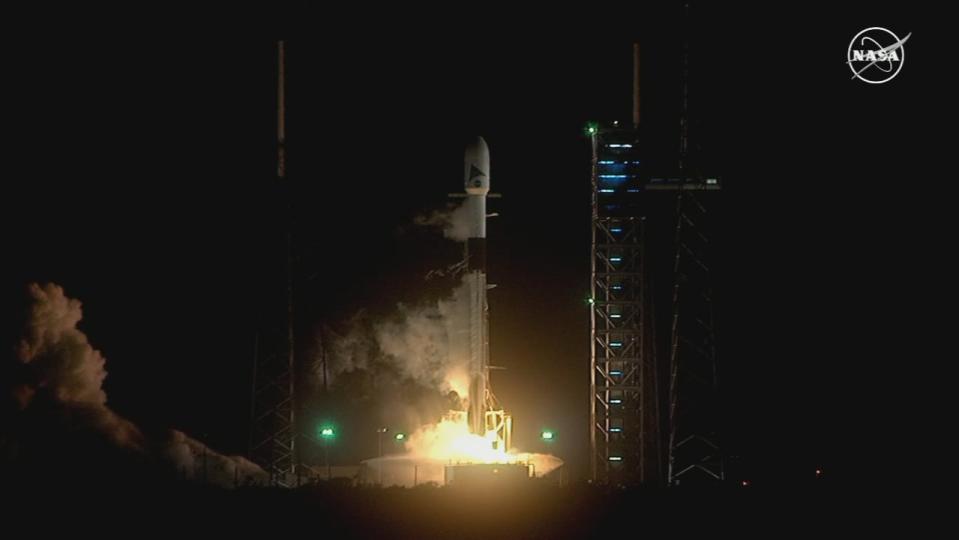NASA PACE mission providing scientists with wealth of new data
NASA’S Plankton, Aerosol, Cloud, Ocean Ecosystem, or PACE satellite launched from Cape Canaveral Space Force Station back in February.
▶ WATCH CHANNEL 9 EYEWITNESS NEWS
Dr. Karen St. Germain, NASA’s Earth Science Division Director said today, “PACE is giving an unprecedented view of the tiniest critters in the ocean, the tiniest particles in the atmosphere, but in both cases, they play an enormous role in aquaculture, in fisheries, in human health.”
The PACE satellite will allow NASA and the rest of us to track ocean health and air quality from a public data base.
Read: Ivanhoe Village’s The Hall on the Yard closes after 2 years
You can CLICK HERE to see the database.





Scientists can also use the data to help forecast the health of fisheries, track harmful algal blooms, and identify changes in the marine environment.
Additionally, NASA has selected six new airborne missions that will take shape over the next decade.
Read: Congressional investigation blames China for fueling fentanyl crisis in U.S.
They include domestic and international studies of fire-induced clouds, Arctic coastal change, air quality, landslide hazards, shrinking glaciers, and emissions from agricultural lands.
NASA’s suite of airborne missions complement what scientists can see from orbit, measure from the ground, and simulate in computer models.
Click here to download our free news, weather and smart TV apps. And click here to stream Channel 9 Eyewitness News live.

